Introduction
Nothing quite beats academic projects when it comes to learning in computer science. They help students apply what they are learning; address issues that exist in the society; and in the process, contribute to the development of the field. In this blog, I would like to describe several successful academic projects which received not only academic recognition but also met the needs of a particular context. These case studies will demonstrate the nature of projects that computer science students and researchers engage in, the difficulties encountered and results obtained.1. Google Brain: Artificial Neural Network and Deep Learning
Overview:
The idea was to evaluate the applicability of large-scale deep learning network architectures in a data processing and analysis paradigm.
Key Achievements:
- Revolutionized AI: Modern neural networks that Google Brain used are the base to many modern AI technologies starting from the speech recognition to image analysis.
- TensorFlow: The creation of the project has brought into existence TensorFlow, an open-source library popularly used in the construction of machine learning models.
- Real-World Applications: Google Brain is able to provide computation improvements for Google’s search engine, voice recognition and even Google translate among several other services.
Challenges Overcome:
- Computational Power: One of the problems was in getting enough computational capacity for the massive neural networks, and what the team was able to do was use Google’s infrastructure for training the models.
- Data Handling: Large scale unstructured data, including images and text data, raised difficulties in the process of data preparation and evaluation and learning rate optimality.
Impact:
The work of the project significantly aided in getting the concept of deep learning accepted in AI paving way for prospect advancements in self-driving cars, diagnosis of diseases, and natural language processing (NLP).
2. MIT's Project Oxygen: Ubiquitous Computing
Overview:
Project Oxygen at MIT in the late 1990s sought to ensure that computing equipment is seamlessly integrated into objects and the environment, so that it is invisible to the user.
Key Achievements:
- Ubiquitous Computing Vision: The project itself provided one of the first defining attempts at explaining the notion of the post-industrial society concept of ubiquitous computing, in which individuals commute with their surroundings without needing to directly interface with conventional computing apparatus.
- Smart Environments: This resulted in smart homes and offices where equipment such as sensors and thermostats sync operation thus providing features such as climate, lighting and security.
- Wearable Computing: Project Oxygen also played a major role of creating wearable technologies which today are prominently seen in aspects such as health and fitness.
Challenges Overcome:
- Integration of Devices: Some of the challenges included: Getting all the various sensors and devices to work in harmony to provide a smooth interface to the end user was one of them.
- Privacy Concerns: New opportunities of using various sensors and cameras resulted in privacy concerns; thus, the project team considered data protection and users’ consent as key factors.
Impact:
Institutional rethinking and support for the initiative made possible through Project Oxygen paved way for several facets of today’s universally connected devices, contemporary homes and impressive wearable technology.
3. OpenAI: New Penn State-led AI research and improvements to AI etica
Overview:
OpenAI is a research company which was founded in 2015, they are among the leaders towards the development of artificial intelligence. Its goal is AGI for all of humanity. The academic projects by OpenAI are centered on state-of-the-art Artificial Intelligence and include reinforcement learning, generative modeling and the impact of AI on society.
Key Achievements:
- GPT Series: OpenAI created the GPT (Generative Pre-trained Transformer) series that are transforming natural language processing. With the help of GPT-3 and GPT-4, new achievements in the text generation, translation, and summarization as well as coding were made in the AI field.
- Codex and GitHub Copilot: GPT descendants include Codex, an AI that supports GitHub Copilot, a code completion assisting for developers.
- AI Safety: OpenAI’s objective is to keep the development of AGI beneficial and to dedicate much effort to the problems of AI alignment and safety.
Challenges Overcome:
- Ethical Dilemmas: Among the key problems that OpenAI is trying to solve one of the most significant ones is the problem of responsible AI use, such as bias or misuse or in general the spread of fake news.
- Computational Requirements: Computing for training large models such as GPT consumes many computational resources, and the training process wants for the development of both hardware and data centers.
Impact:
OpenAI academic and, especially, commercial success has shifted how companies and developers engage with AI, and its ethical principles persistently shape AI policies and regulations globally.
4. Stanford’s Autonomous Driving Project Explored
Overview:
Before the rising of this new project, Stanford self-driving car project was mentioned to as the Stanford Artificial Intelligence Laboratory technic project. The final conclusion of the project has arisen with a car called the “Stanford Racing Team” that competed in the 2005 DARPA Grand Challenge, for unmanned cars.
Key Achievements:
- Stanley the Autonomous Car: Stanley an autonomous vehicle of the Stanford Racing Team emerged the winner in the DARPA Challenge race by covering a 132 mile desert course on its own.
- Computer Vision and Machine Learning: Computer vision methods were employed for the car to “see” it surroundings whilst machine learning for the car to learn new ways of driving.
- Advancements in Robotics: This project depicted how robotic and Artificial Intelligence can be applied in real life applications such as transport hence encouraging key players such as Tesla, Waymo and Uber to participate in the creation of self-driven cars.
Challenges Overcome:
- Real-Time Processing: The requirements for processing the necessary information in real-time for decision-making about directions and avoiding the perceived obstacles was the primary issue.
- Hardware Limitations: LIDAR and cameras were placed in the vehicle and had to be integrated into car hardware to allow for its running under different environmental states.
Impact:
Through Stanley, various new latest technologies for self-driving cars were developed and AI systems for safe and efficient on road operations were created.
5. University of California, Berkeley: Berkeley AI Research (BAIR)
Overview:
The Berkeley AI Research (BAIR) Lab is the UC Berkeley lab conducts research in state-of-the-art artificial intelligence solutions that are concerned with deep learning, reinforcement learning, Robotics, and autonomous systems. Their main academic contribution was to come up with DARE (Deep Affordance Recognition and Estimation), a method that is able to determine what a robot should do in a specific environment.
Key Achievements:
- Robotics and AI Integration: BAIR has also developed important advances for Autonomous Robotics in robot learning and deep reinforcement learning where robots can learn tasks with minimal programming.
- Research on Generalized AI Systems: The contributions of the lab’s research lie firmly in the direction of utilizing AI for more general goals as opposed to simple specific tasks, thus advancing the development of more generalizable AI.
- Open Research Initiatives: Most of the tools and the datasets developed by BAIR like the Berkeley DeepDrive project geared toward the simulation of autonomous vehicles are now available publicly contributing to the progress of AI all around the world.
Challenges Overcome:
- Scaling Reinforcement Learning: The issues that required further development were related to the fact that reinforcement learning could be scaled to more complex tasks with fewer resources, which implies the need to pursue training efficiency.
- Real-World Deployment: They pointed out that translations from AI models developed in simulated environments to real robot or system environments are difficult tasks particularly from the point of view of robustness and generalization.
Impact:
BAIR’s research has helped drive large advances in autonomous systems, robotic perception, and AI ethics, and made its open-source advances possible has enabled the research and industrial community at large to advance at a much faster pace.
Conclusion
Computer science involve adventure and applies abstract knowledge by practicing in problems that occur in daily life activities. The academic projects here presented demonstrate that having successful Ph Ds in computer science translates into technological innovations not only into technological improvements but into creation of new technologies bringing positive change into society and the definition of how people engage with technology. The projects discussed in this blog extend from Google developing sophisticated models for deep learning, to Berkeley exploring new horizons in robotics’ domain. In this traditional and scientific realm, the results of these academic interventions persistently spill over into industries and research domains by way of pioneering advancements in the deployment of advanced intelligence-based tools, autonomous systems, and other novel modes of computing. The case can therefore be useful to other students, researchers or innovators who want to know how best to advance in the field of computer science. Curious to know what the specialists in computer sciences are up to and reading their works and ideas? Please follow the blog for more posts on such innovations as we search this world for the most amazing advancements yet to be highlighted.
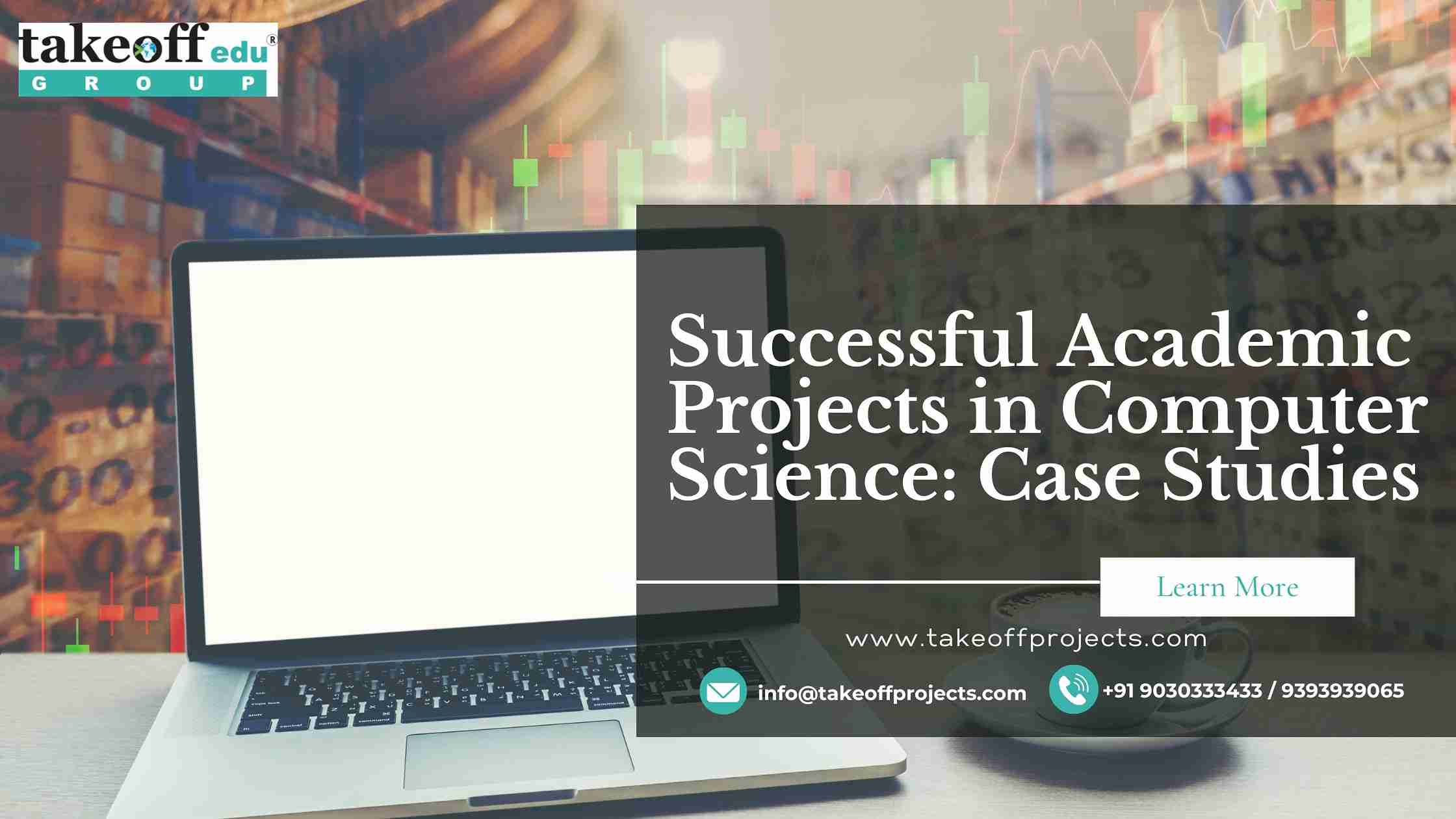
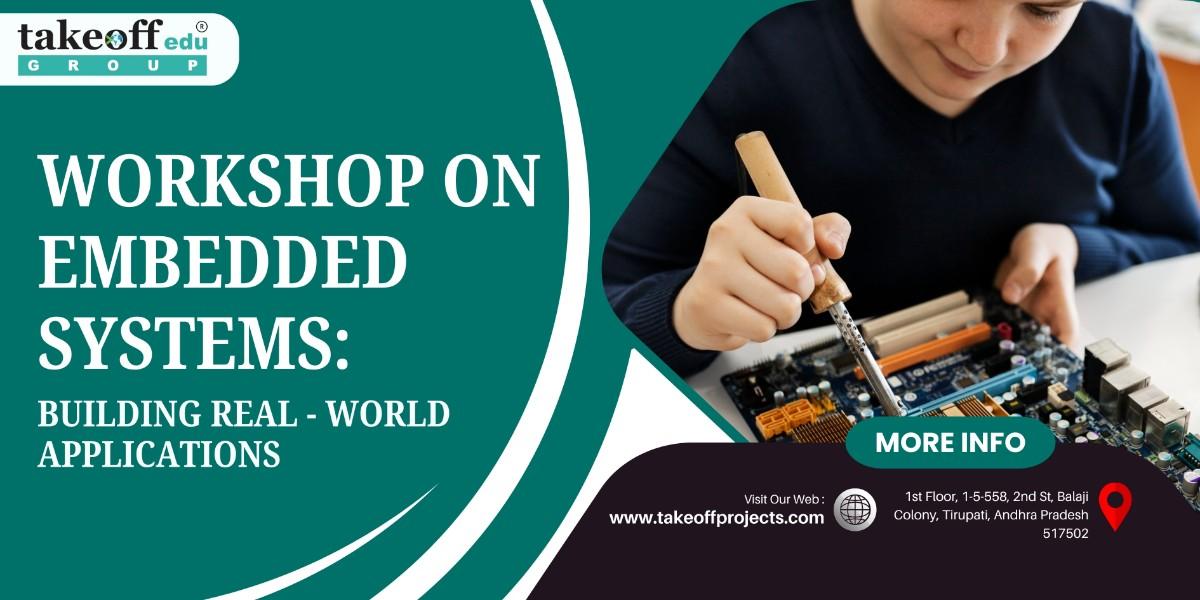 Workshop on Embedded Systems: Building Real-World Applications
Workshop on Embedded Systems: Building Real-World Applications  Top Internship Training & Certificate
Top Internship Training & Certificate  Internship Benefits Beyond the Resume: How It Shapes Your Career
Internship Benefits Beyond the Resume: How It Shapes Your Career  Turing Internship into Job Offers: Strategies for Success
Turing Internship into Job Offers: Strategies for Success  Day in the Life: A Glimpse into the Realities of Internship Experience
Day in the Life: A Glimpse into the Realities of Internship Experience  Internship Insights: What Recruiters Look for in Candidates
Internship Insights: What Recruiters Look for in Candidates 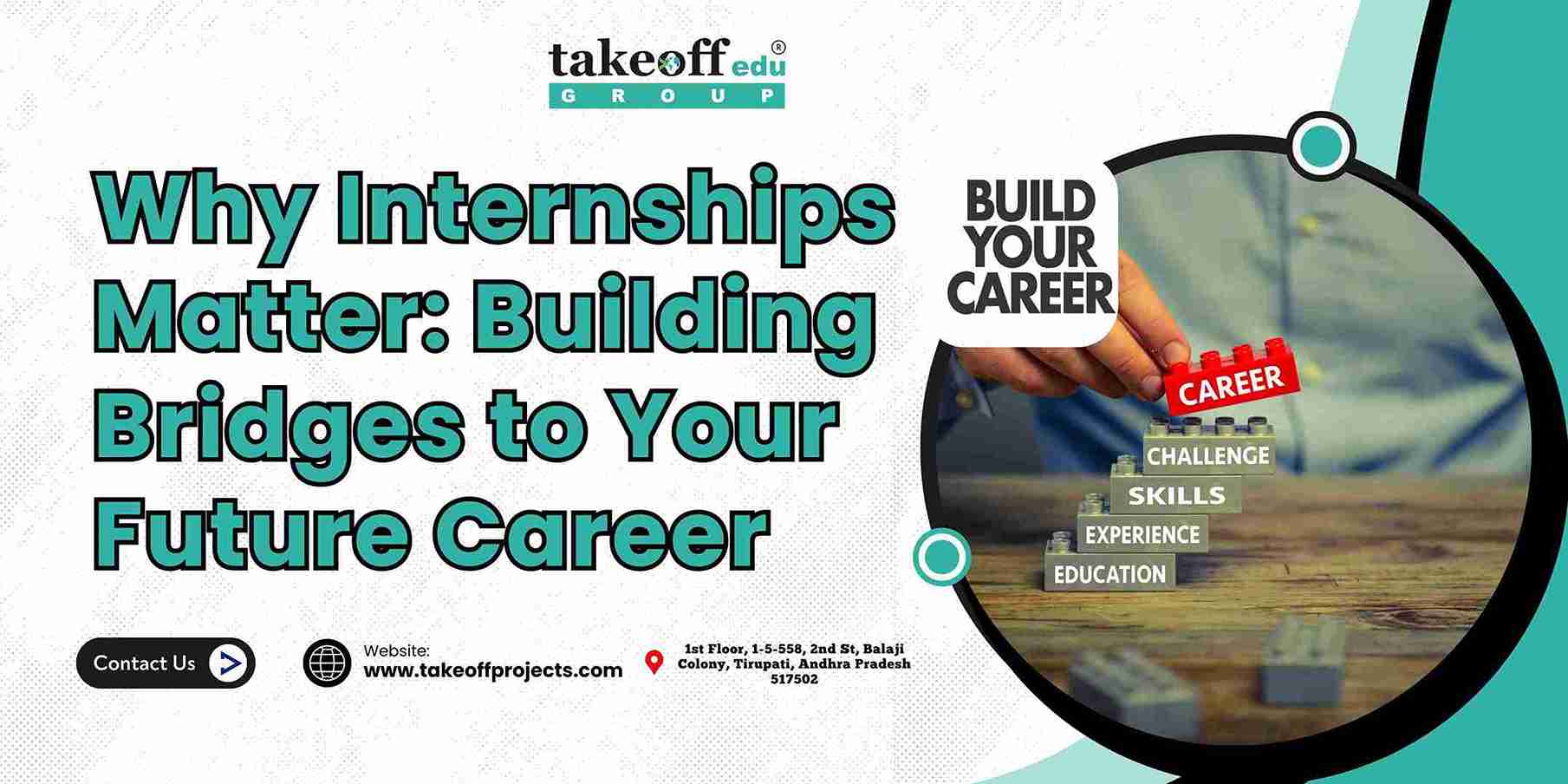 Why Internships Matter: Building Bridges to Your Future Career
Why Internships Matter: Building Bridges to Your Future Career  Smart Mirror Based on Raspberry Pi
Smart Mirror Based on Raspberry Pi  Best Major & Mini Project Ideas for Engineering College Students
Best Major & Mini Project Ideas for Engineering College Students  Top B.Tech/M.Tech Engineering Projects Consultants & Services
Top B.Tech/M.Tech Engineering Projects Consultants & Services 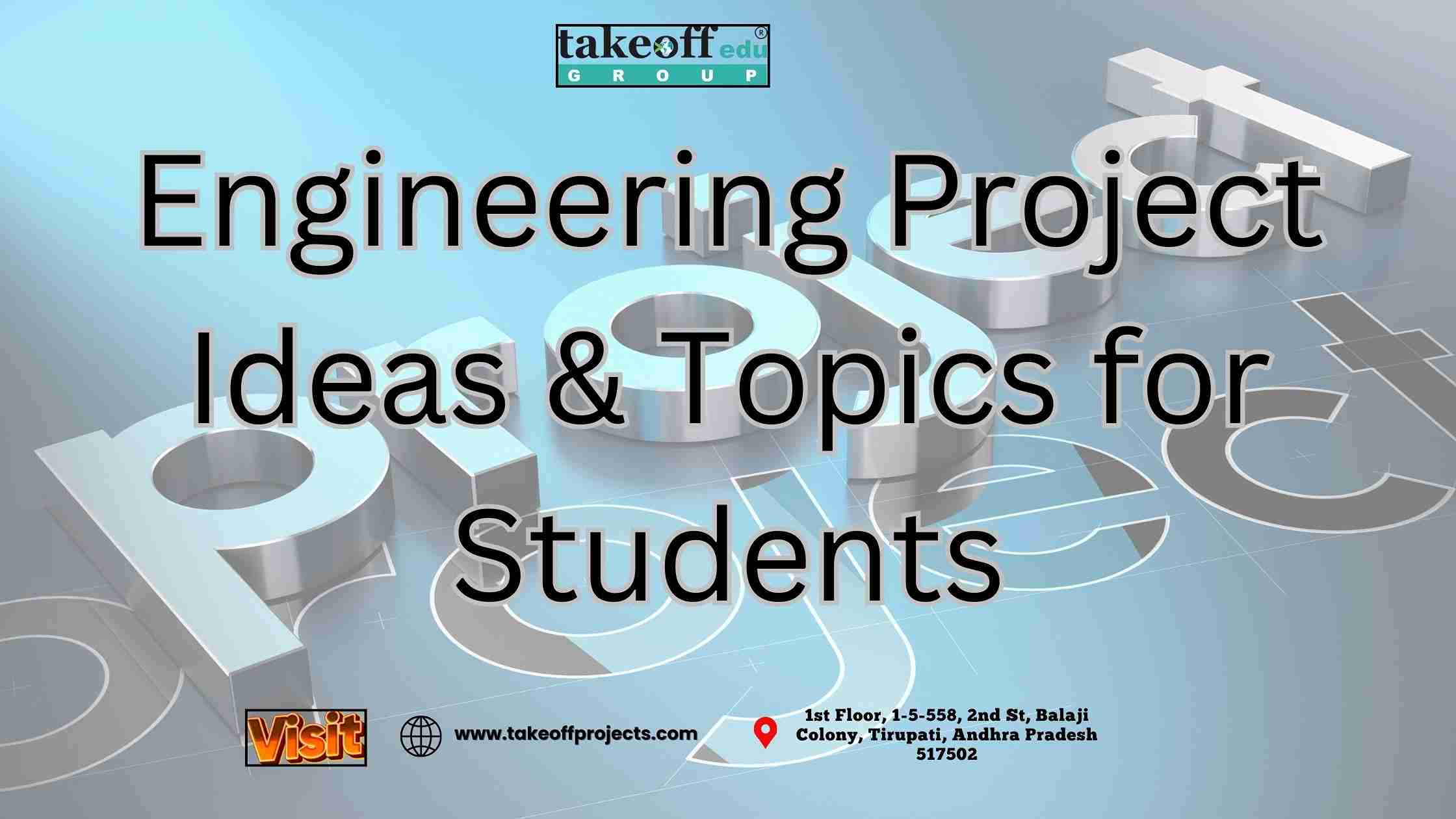 Engineering Project Ideas & Topics for Students
Engineering Project Ideas & Topics for Students 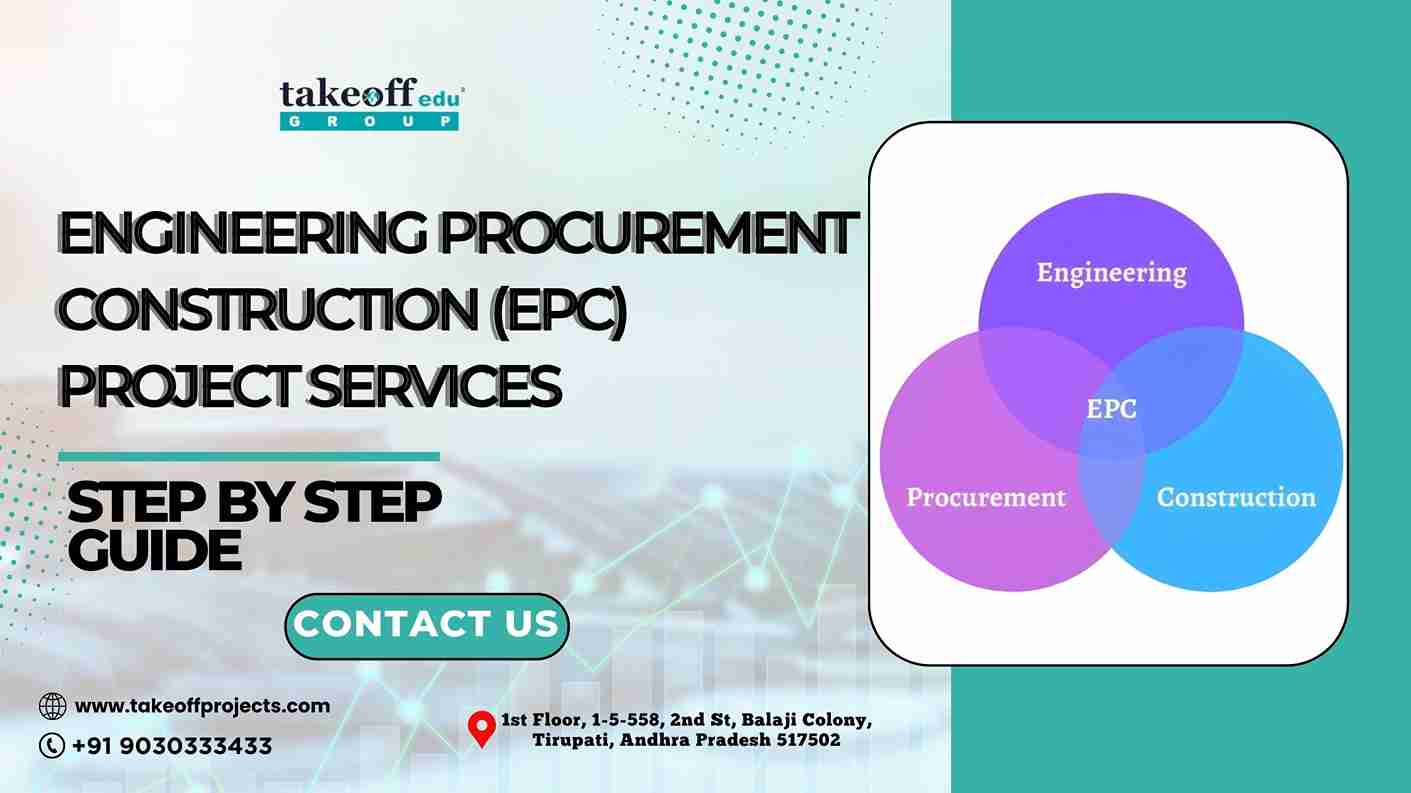 Engineering Procurement Construction (EPC) Project Services: Step By Step Guide
Engineering Procurement Construction (EPC) Project Services: Step By Step Guide  IEEE Projects in Tirupati
IEEE Projects in Tirupati 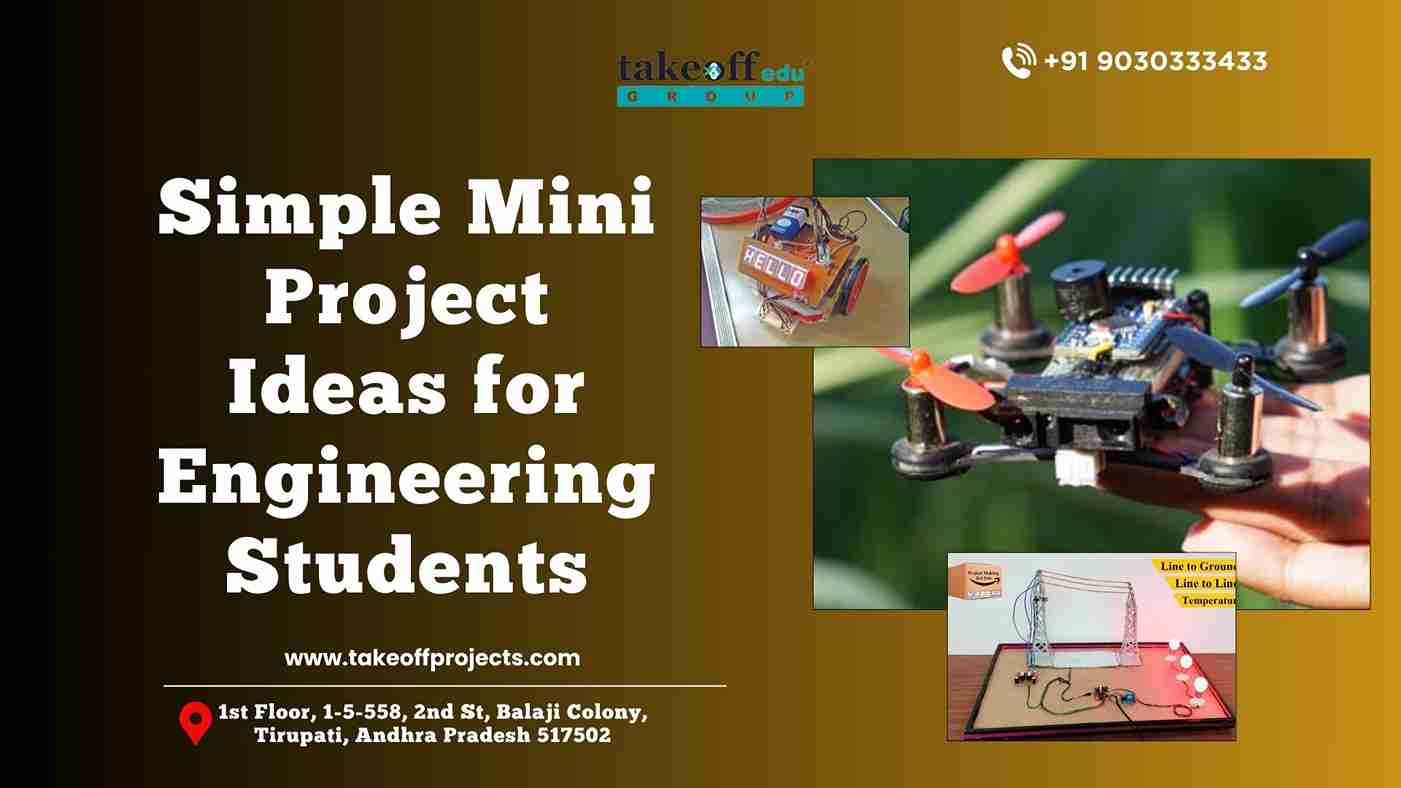 Simple Mini Project Ideas for Engineering Students
Simple Mini Project Ideas for Engineering Students  Project Center in Tirupati
Project Center in Tirupati  Top Engineering Project Consultants in Tirupati
Top Engineering Project Consultants in Tirupati  Innovative Software Engineering Projects: Shaping the Future of Technology
Innovative Software Engineering Projects: Shaping the Future of Technology  Major Current and Upcoming Projects
Major Current and Upcoming Projects 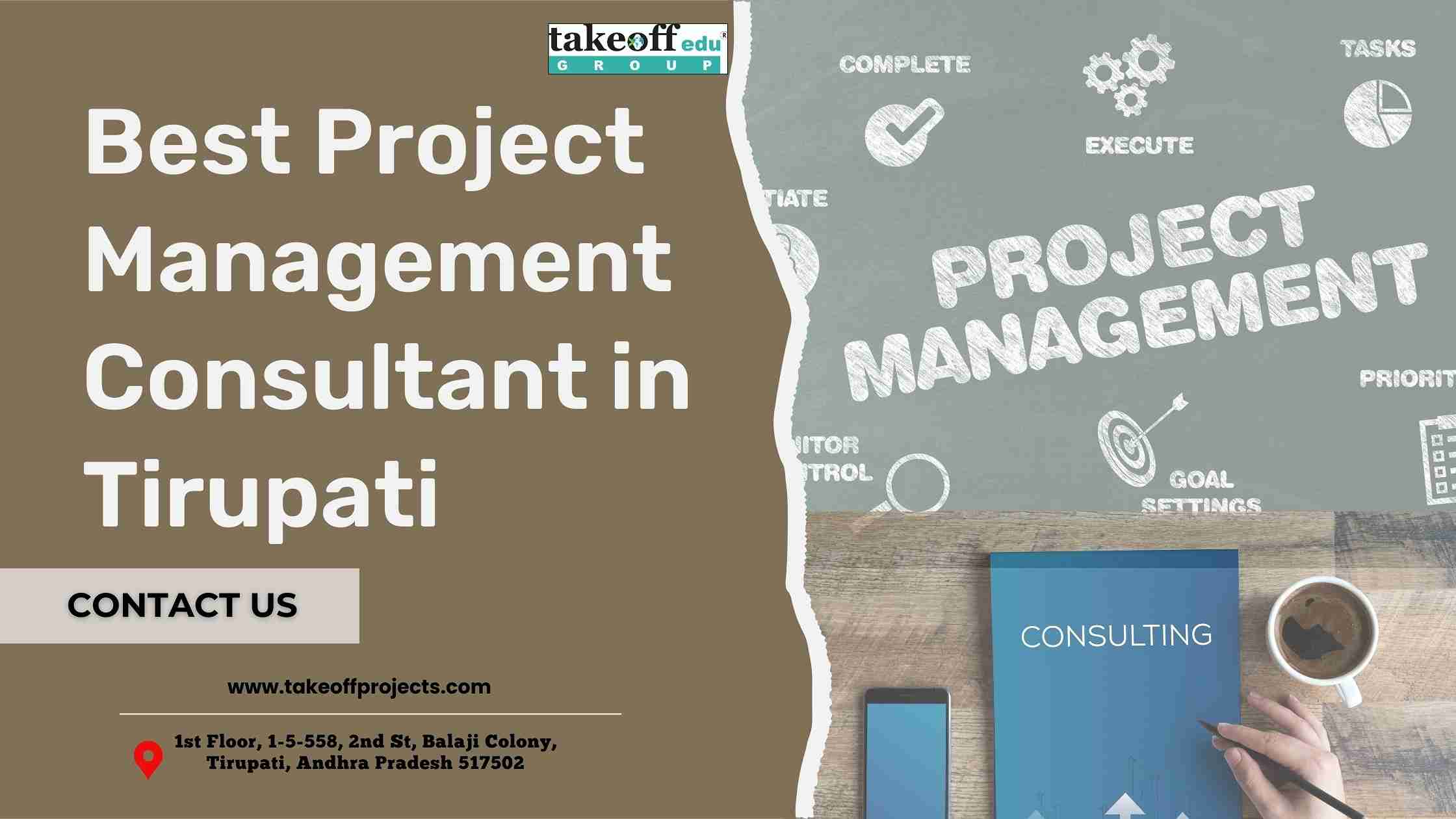 Best Project Management Consultant in Tirupati
Best Project Management Consultant in Tirupati  Top 10 Best Project Consultants in Andhra Pradesh
Top 10 Best Project Consultants in Andhra Pradesh  Best Project Consultancy in Tirupati
Best Project Consultancy in Tirupati 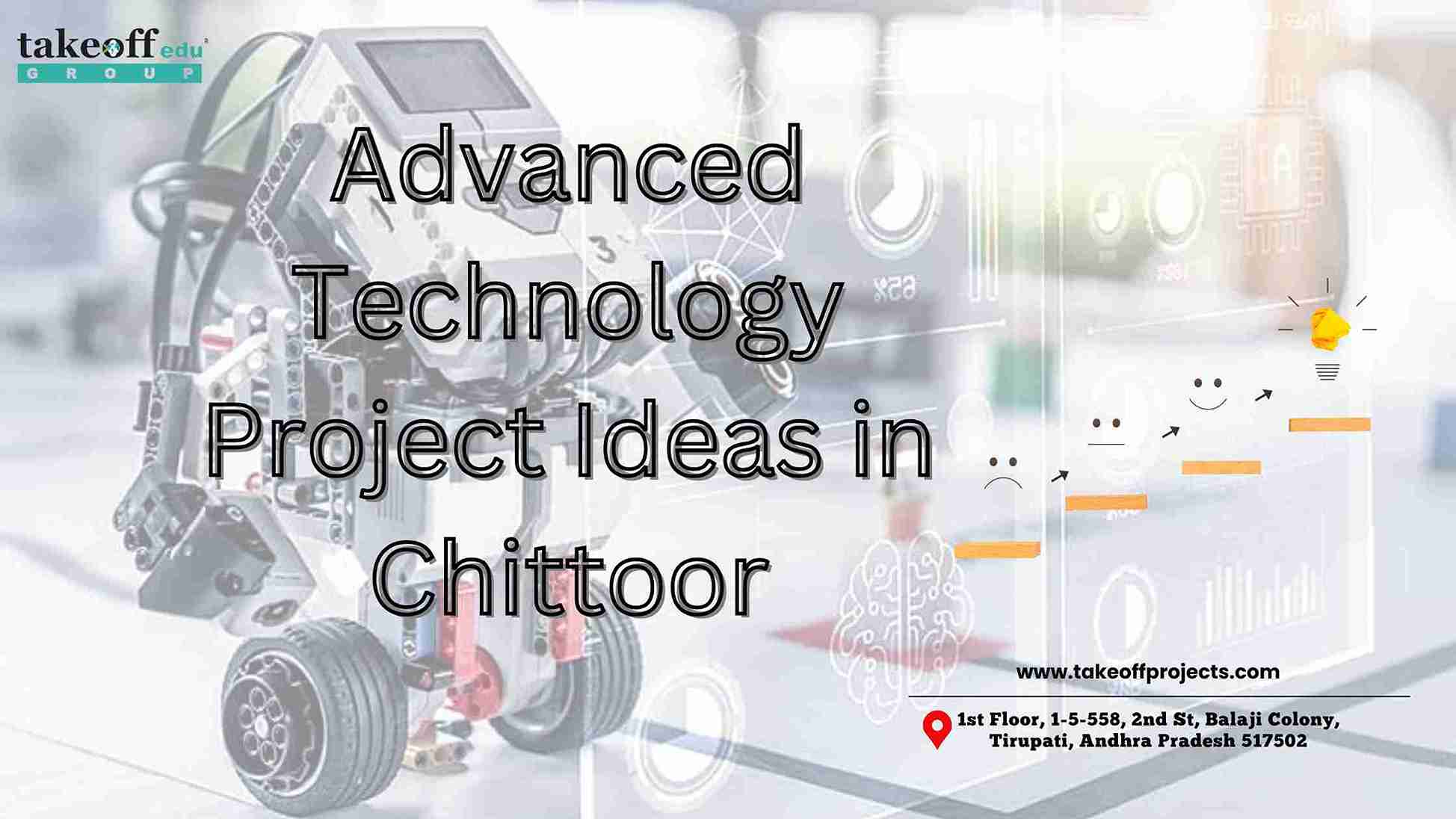 Advanced Technology Project Ideas in Chittoor
Advanced Technology Project Ideas in Chittoor  Top Final Year Project Provider in Tirupati
Top Final Year Project Provider in Tirupati  Mini and Major Projects in Chittoor
Mini and Major Projects in Chittoor  Final Year Projects in Tirupati: Unlocking Your Academic Potential
Final Year Projects in Tirupati: Unlocking Your Academic Potential 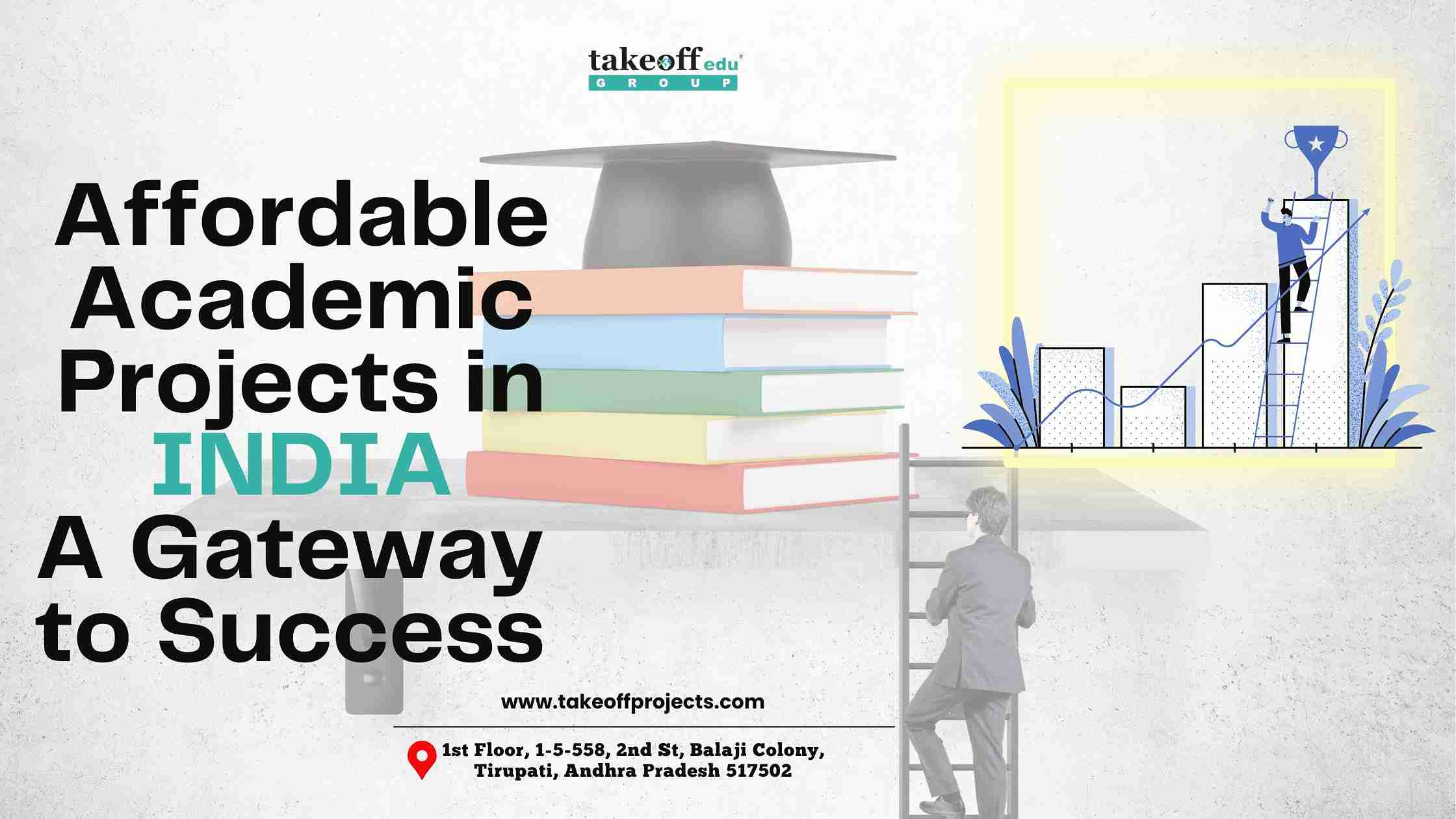 Affordable Academic Projects in India: A Gateway to Success
Affordable Academic Projects in India: A Gateway to Success 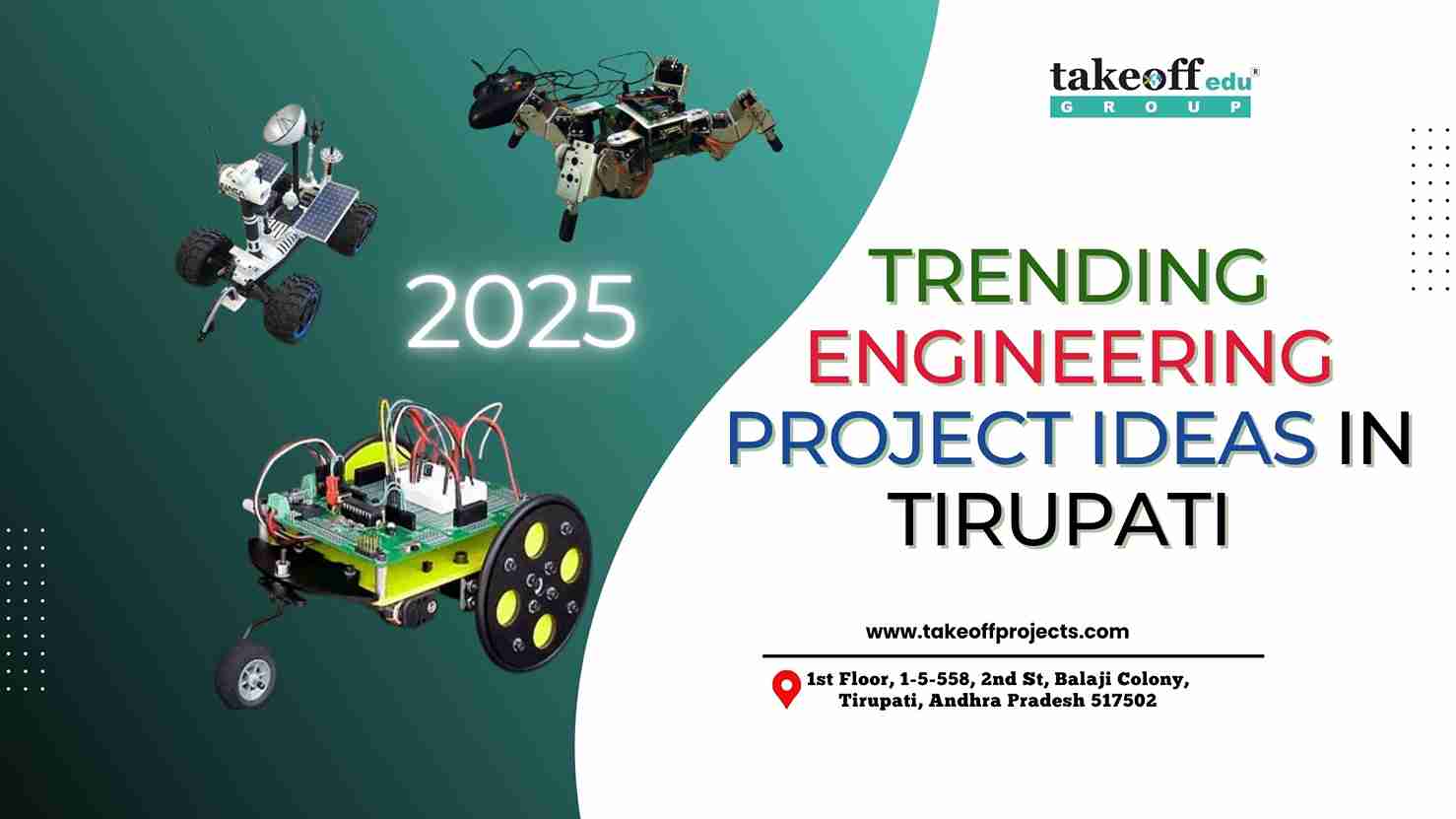 Trending Engineering Project Ideas in Tirupati 2025
Trending Engineering Project Ideas in Tirupati 2025 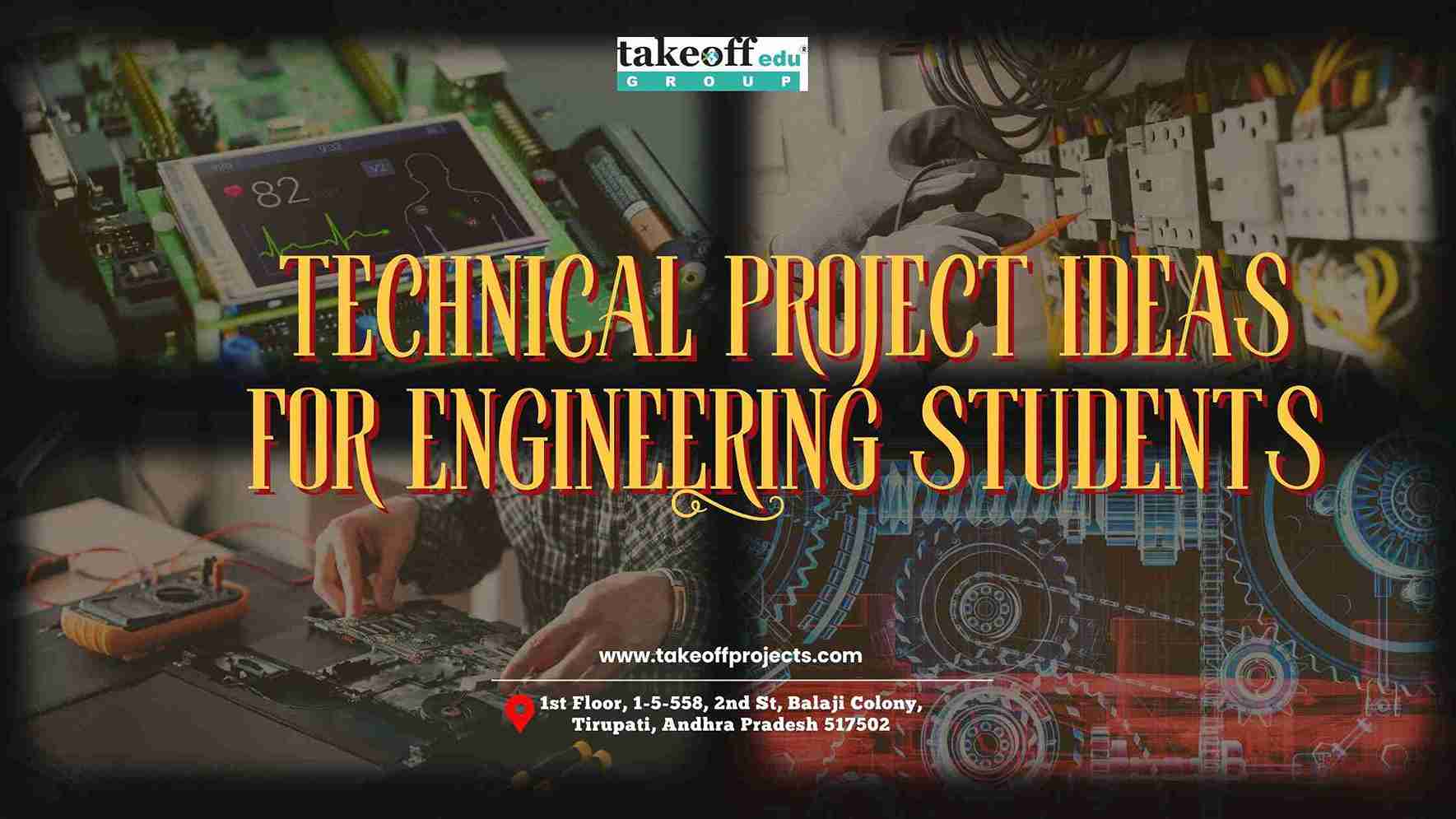 Technical Project ideas for engineering students
Technical Project ideas for engineering students  How Do I Choose A Project Topic Titles For Final Year Engineering Students?
How Do I Choose A Project Topic Titles For Final Year Engineering Students? 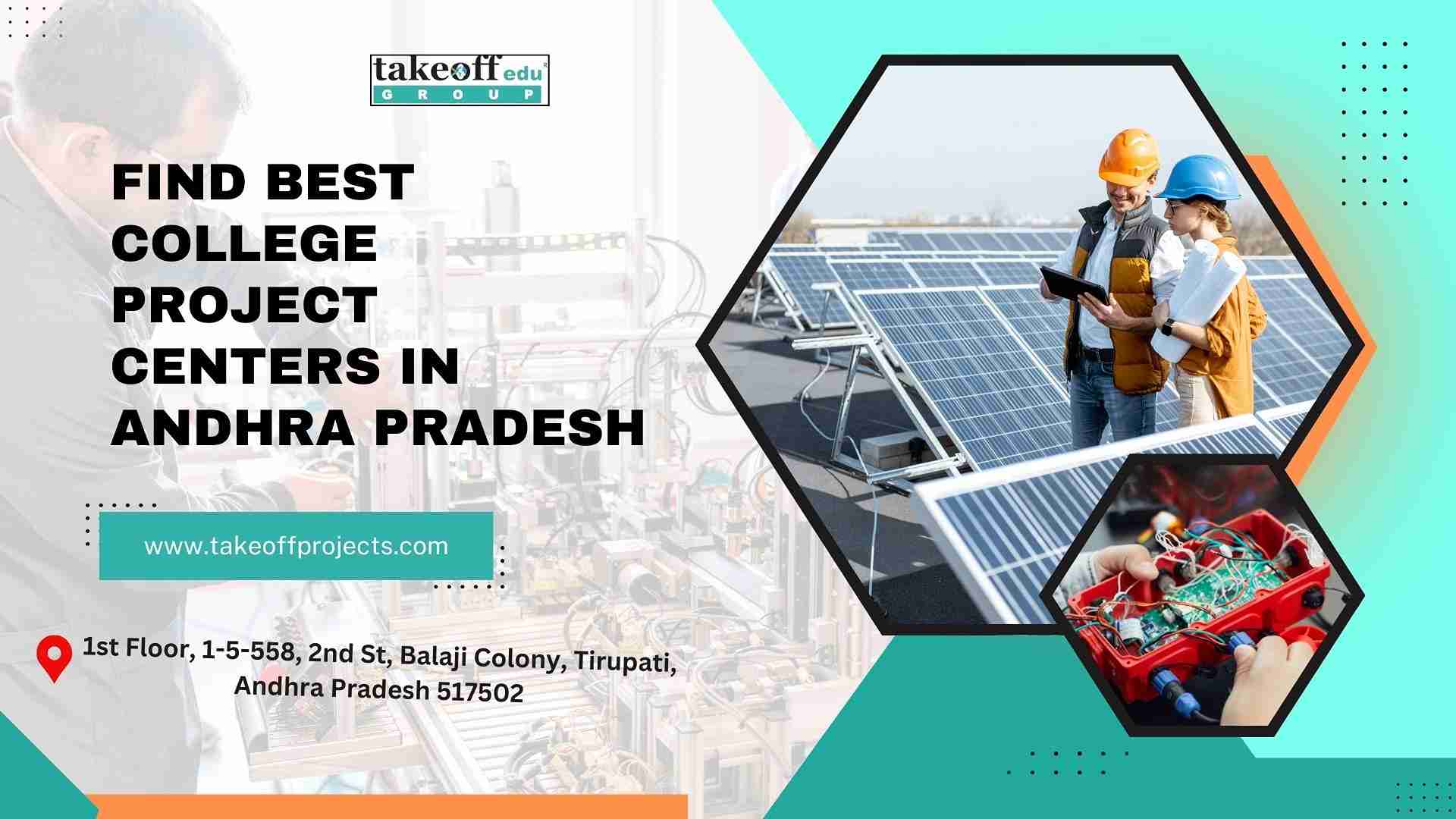 Find Best College Project Centers in Andhra Pradesh
Find Best College Project Centers in Andhra Pradesh  Latest Engineering Project Ideas for 2025
Latest Engineering Project Ideas for 2025 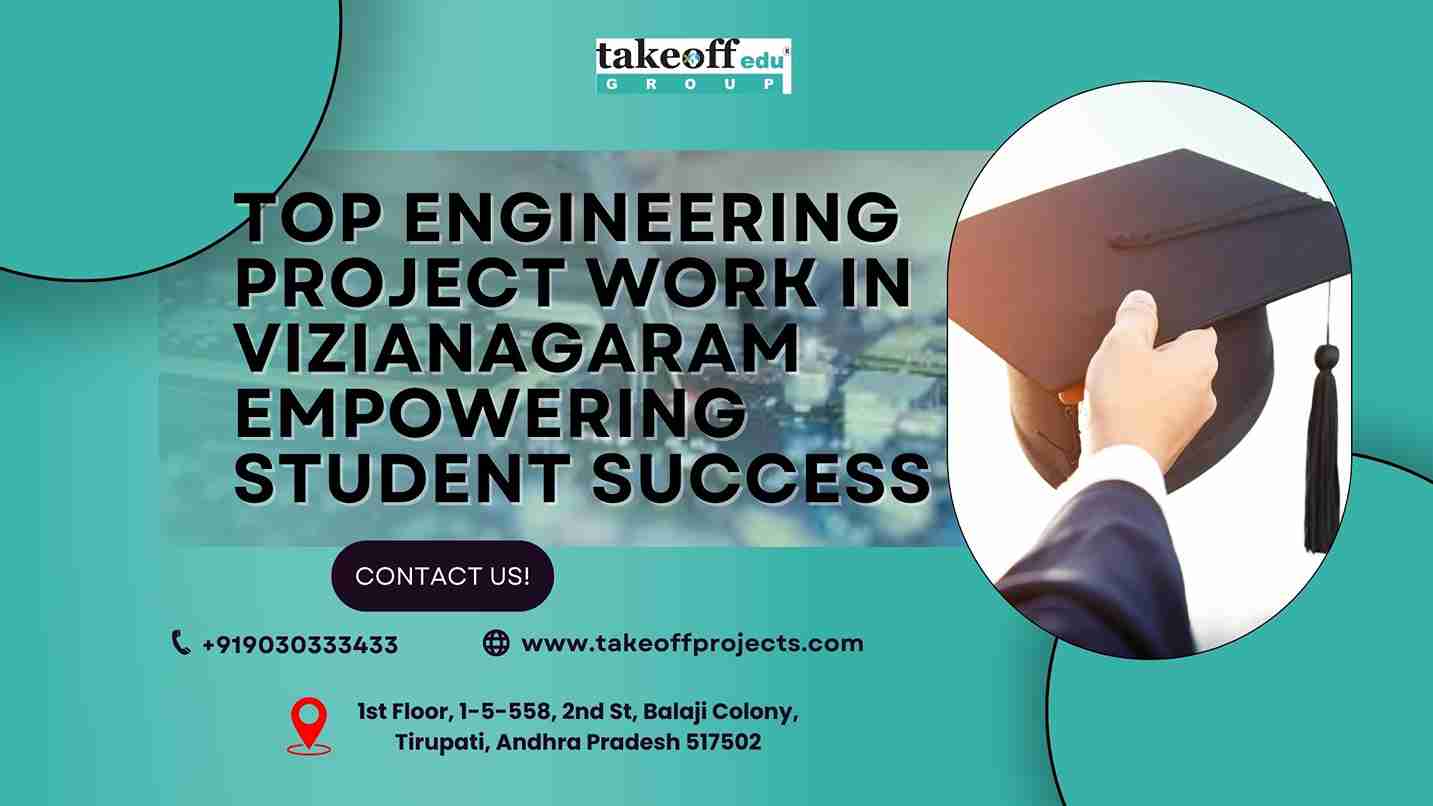 Top Engineering Project Work in Vizianagaram: Empowering Student Success
Top Engineering Project Work in Vizianagaram: Empowering Student Success  Final Year Project Ideas for Students in Chittoor
Final Year Project Ideas for Students in Chittoor 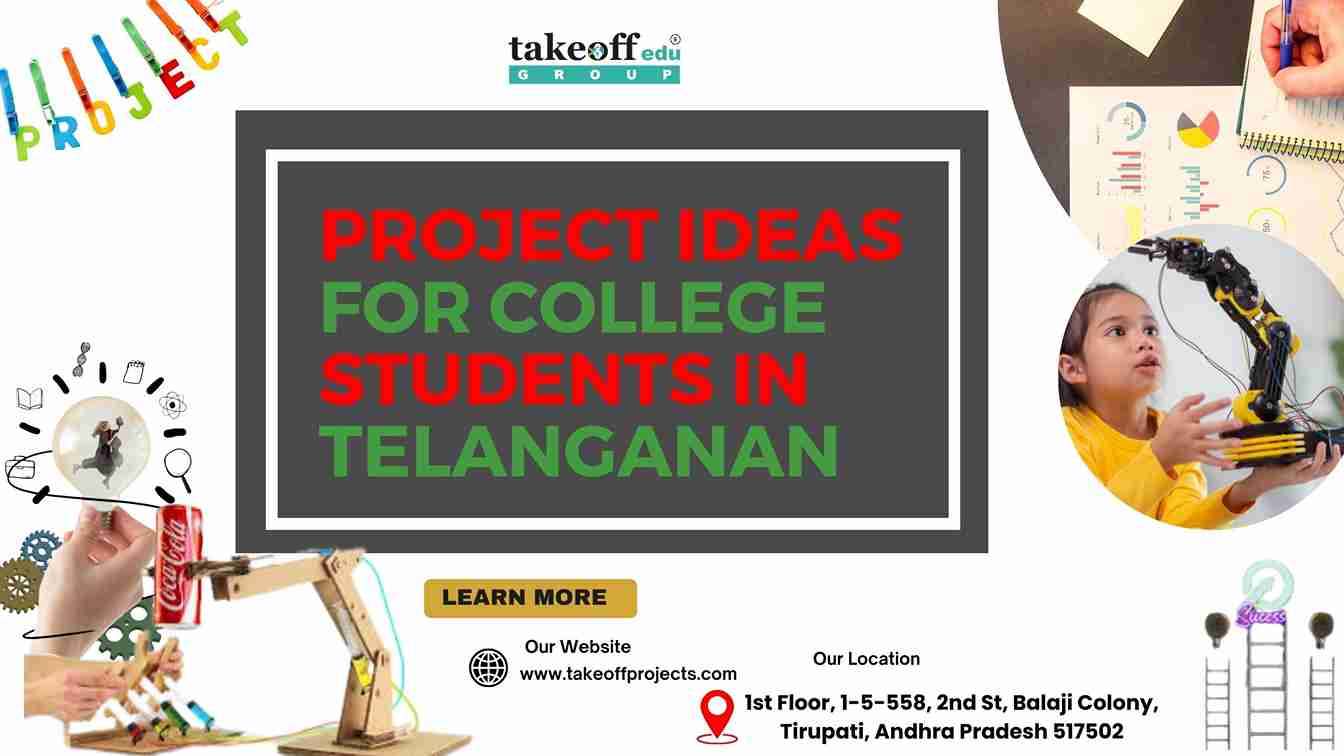 Project Ideas for College Students in Telangana
Project Ideas for College Students in Telangana 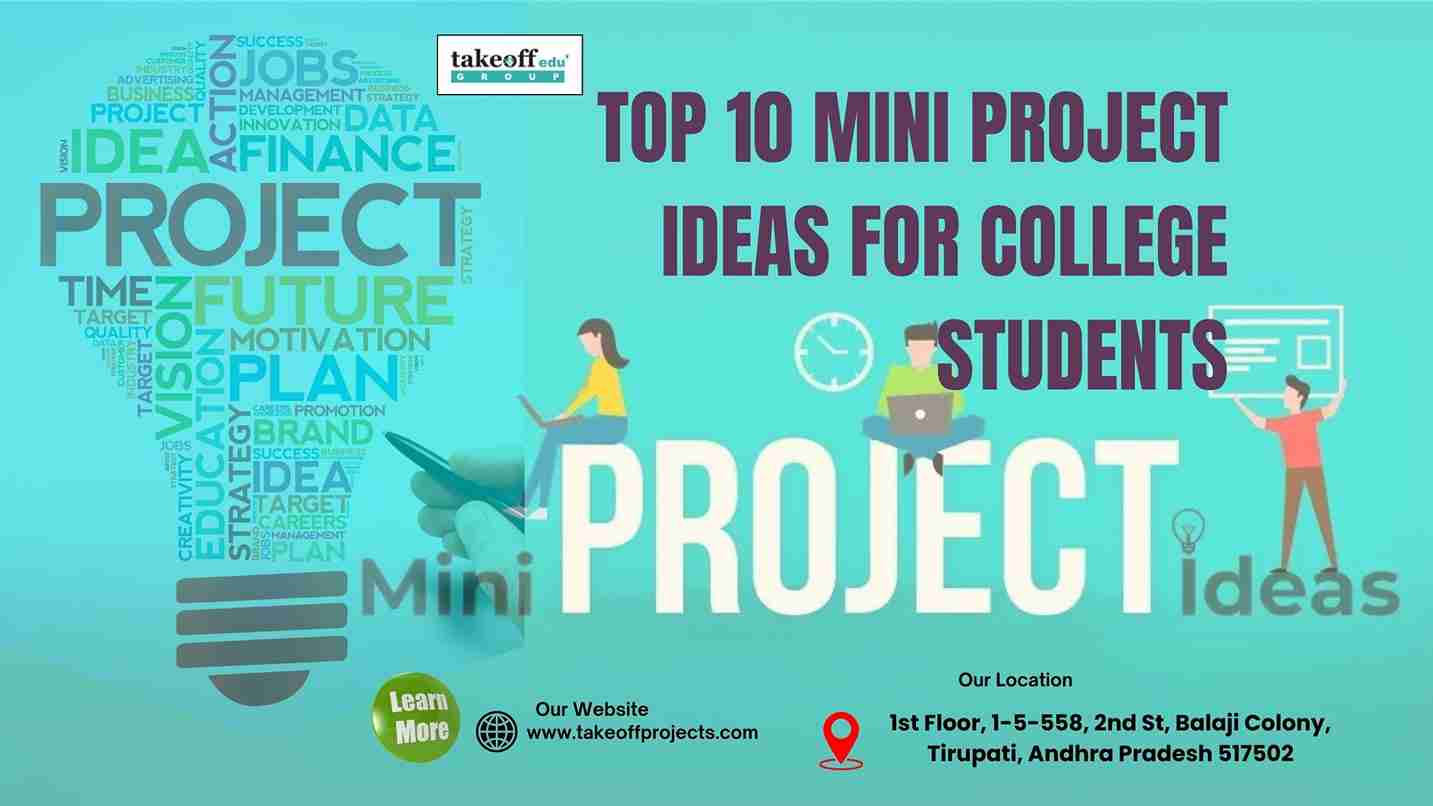 Top 10 Mini Project Ideas for College Students
Top 10 Mini Project Ideas for College Students  Project Work for Students in Tirupati
Project Work for Students in Tirupati  Best Engineering Projects in Andhra Pradesh: A Comprehensive Guide
Best Engineering Projects in Andhra Pradesh: A Comprehensive Guide  Using Cloud-Based Tools for Collaborative Research Projects
Using Cloud-Based Tools for Collaborative Research Projects 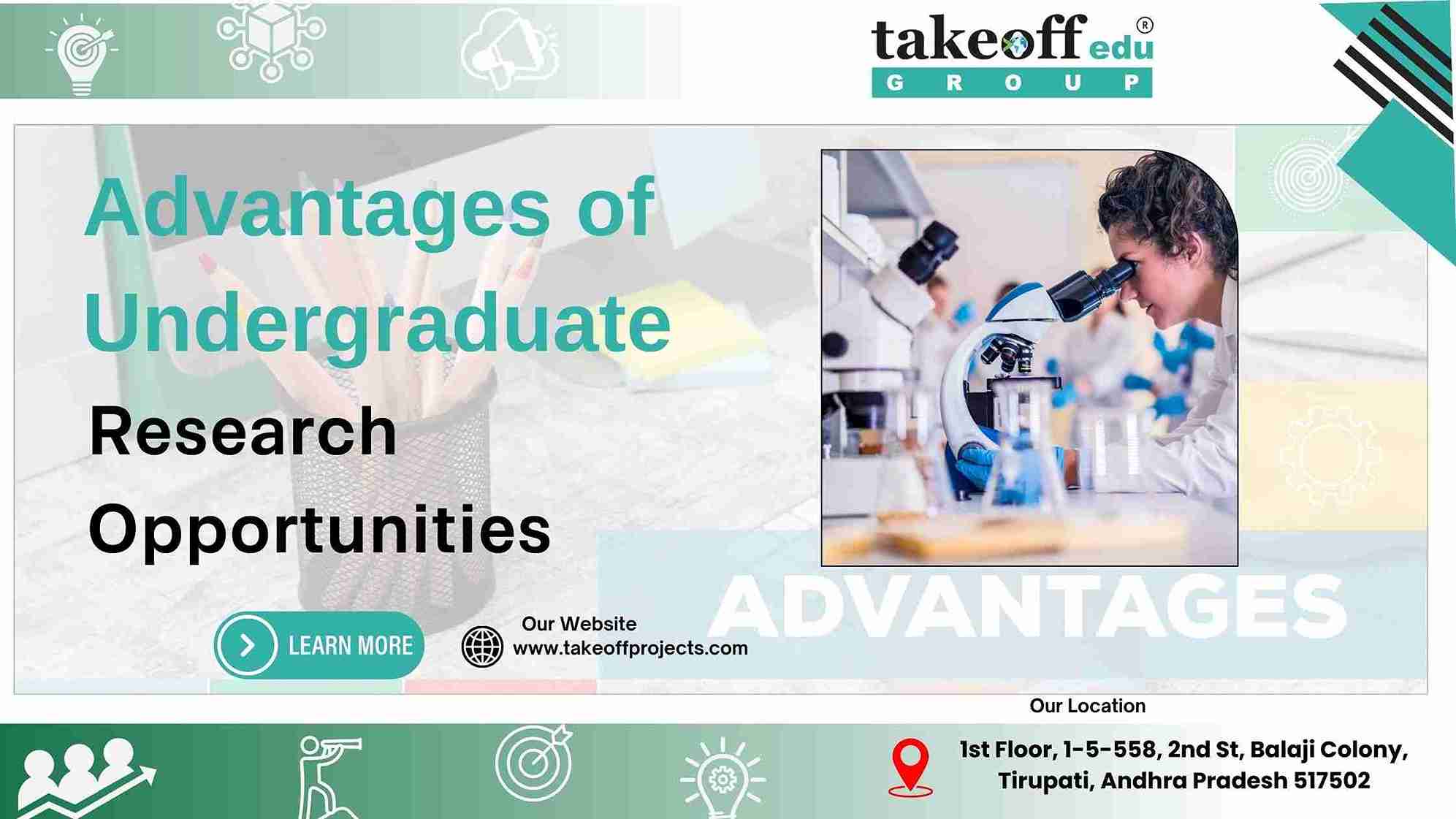 Advantages of Undergraduate Research Opportunities
Advantages of Undergraduate Research Opportunities  How to Prepare for Academic Research Conferences
How to Prepare for Academic Research Conferences  Understanding the Different Types of Academic Research
Understanding the Different Types of Academic Research  Navigating the Peer Review Process: Tips for Success
Navigating the Peer Review Process: Tips for Success  How to Write the Abstract for a Research Paper
How to Write the Abstract for a Research Paper  The Impact of Academic Research on Policy Making
The Impact of Academic Research on Policy Making  Exploring Open Access Journals for Academic Publishing
Exploring Open Access Journals for Academic Publishing  The Role of Academic Journals in Disseminating Research
The Role of Academic Journals in Disseminating Research  How to Balance Coursework and Research Projects: A Guide to Academic Success
How to Balance Coursework and Research Projects: A Guide to Academic Success 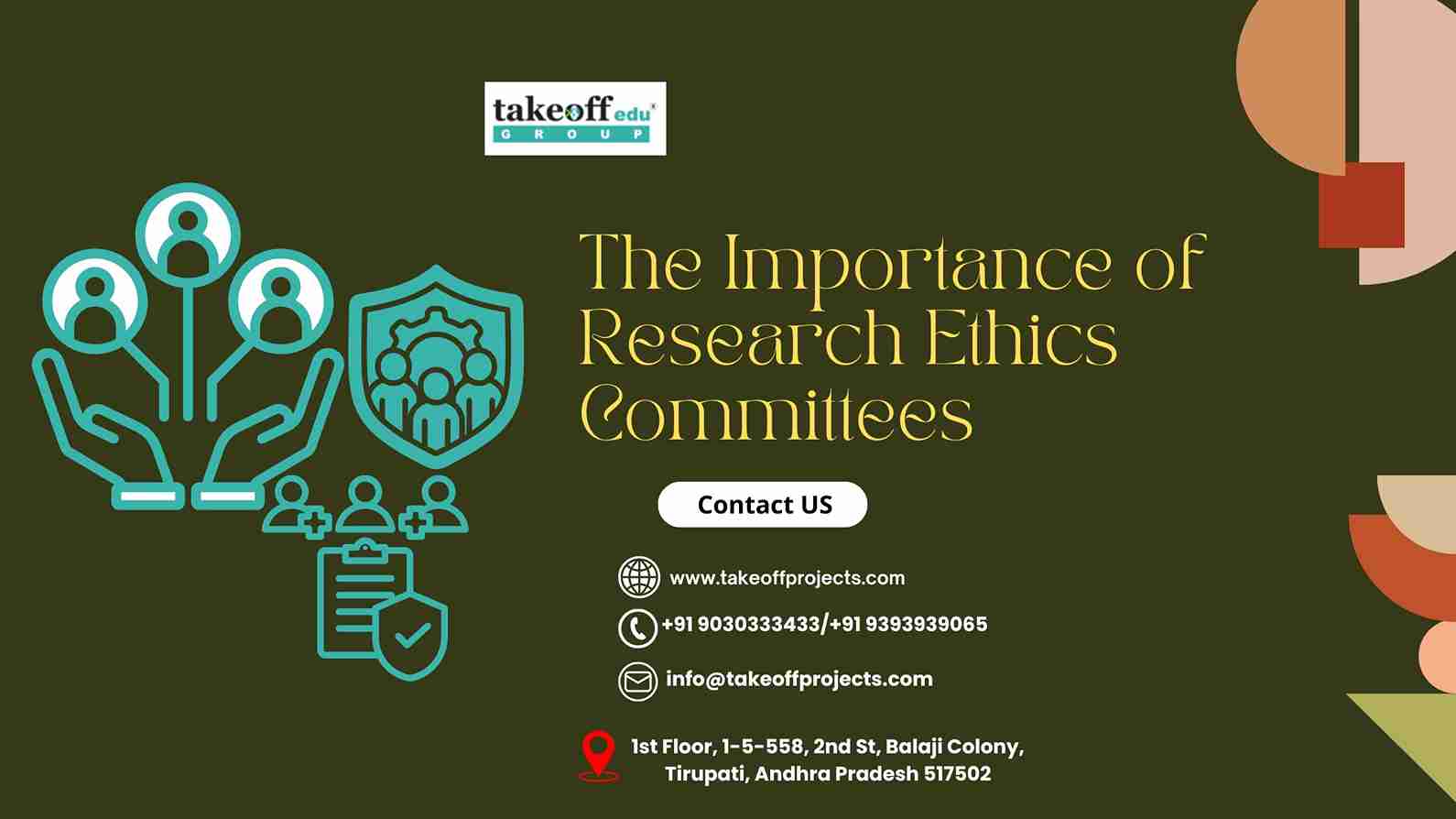 The Importance of Research Ethics Committees
The Importance of Research Ethics Committees  Innovative Teaching Methods to Support Academic Research Projects
Innovative Teaching Methods to Support Academic Research Projects  Creating Impactful Visual Aids for Research Presentations
Creating Impactful Visual Aids for Research Presentations  The Benefits of Peer Review in Academic Research
The Benefits of Peer Review in Academic Research  Surveys and Questionnaires are Effective in Academic Research
Surveys and Questionnaires are Effective in Academic Research  Importance of Documentation Record-Keeping in Academic Research
Importance of Documentation Record-Keeping in Academic Research  Overcoming Challenges in Academic Research Projects
Overcoming Challenges in Academic Research Projects 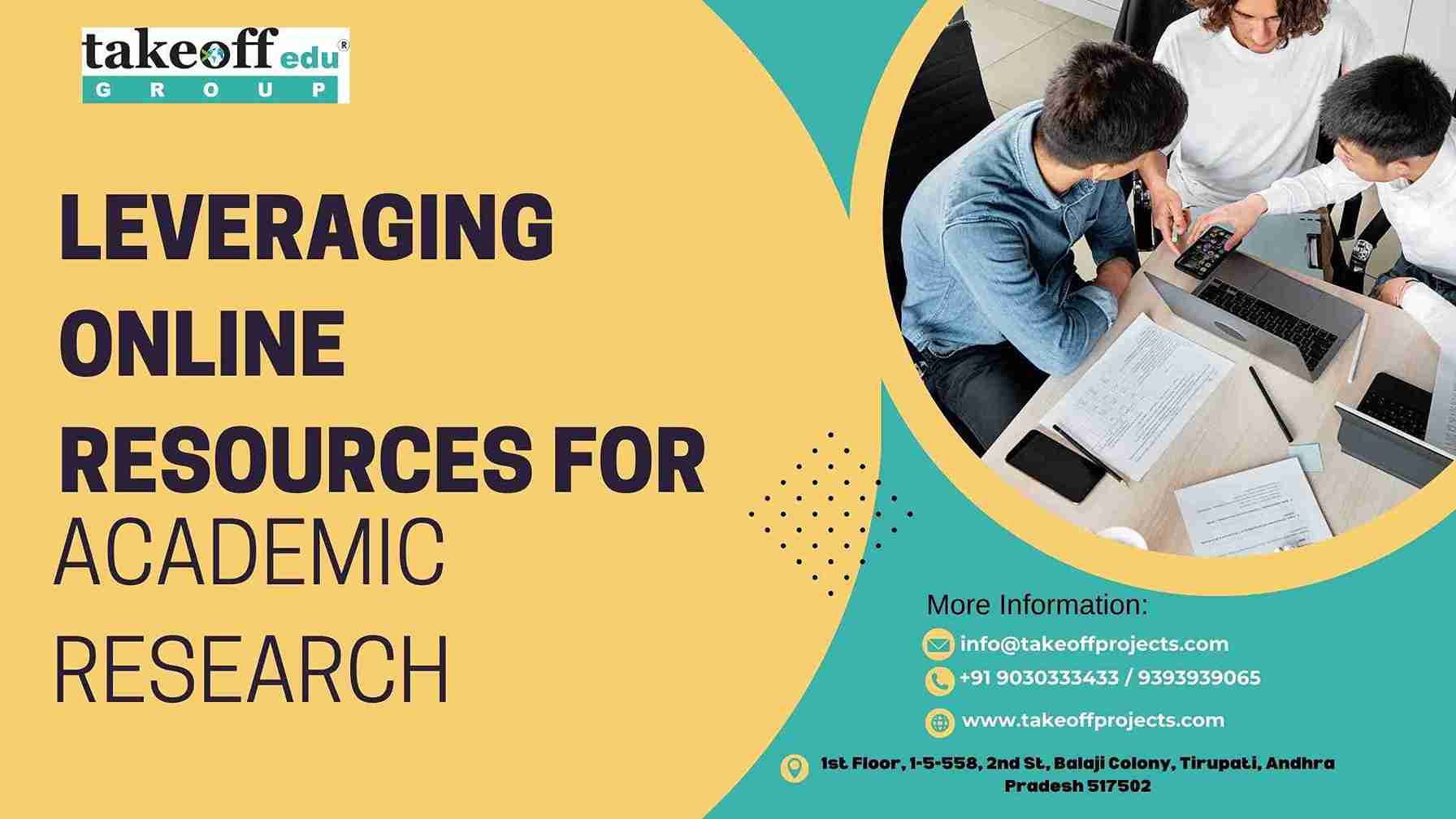 Leveraging Online Resources for Academic Research
Leveraging Online Resources for Academic Research  Building a Research Network: The Importance of Conferences and Workshops
Building a Research Network: The Importance of Conferences and Workshops  How Technology Affects Academic Research?
How Technology Affects Academic Research?  Getting Funding for Your Research Project: Tips and Resources
Getting Funding for Your Research Project: Tips and Resources  Time Management Strategies for Academic Researchers
Time Management Strategies for Academic Researchers  Ethical Considerations in Academic Research
Ethical Considerations in Academic Research  How to Write and Publishing Your Academic Paper?
How to Write and Publishing Your Academic Paper?  Presenting Your Research: Guidelines To Consider When Making An Academic Presentation
Presenting Your Research: Guidelines To Consider When Making An Academic Presentation  Analyzing Research Data: Effective Techniques in Engineering Projects
Analyzing Research Data: Effective Techniques in Engineering Projects  Best Practices for Conducting a Literature Review
Best Practices for Conducting a Literature Review  Writing a Winning Student Research Proposal: A Step-by-Step Guide
Writing a Winning Student Research Proposal: A Step-by-Step Guide  Project Management for Academic Research: Tools and Techniques
Project Management for Academic Research: Tools and Techniques 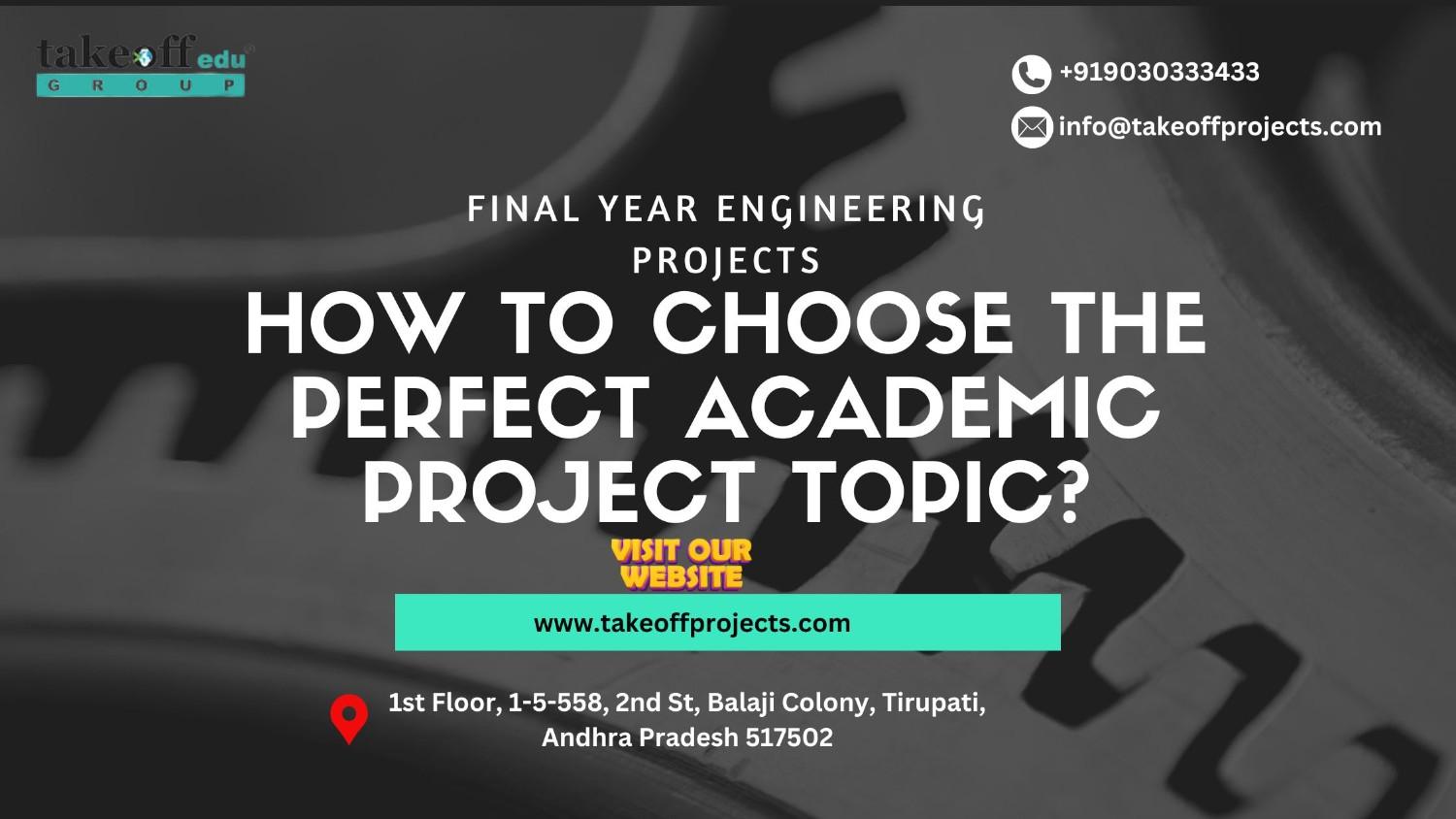 How to Choose the Perfect Academic Project Topic?
How to Choose the Perfect Academic Project Topic?  Presenting Final Year Project to Your Supervisor
Presenting Final Year Project to Your Supervisor  Trending Engineering Projects in 2024 Future-Ready
Trending Engineering Projects in 2024 Future-Ready 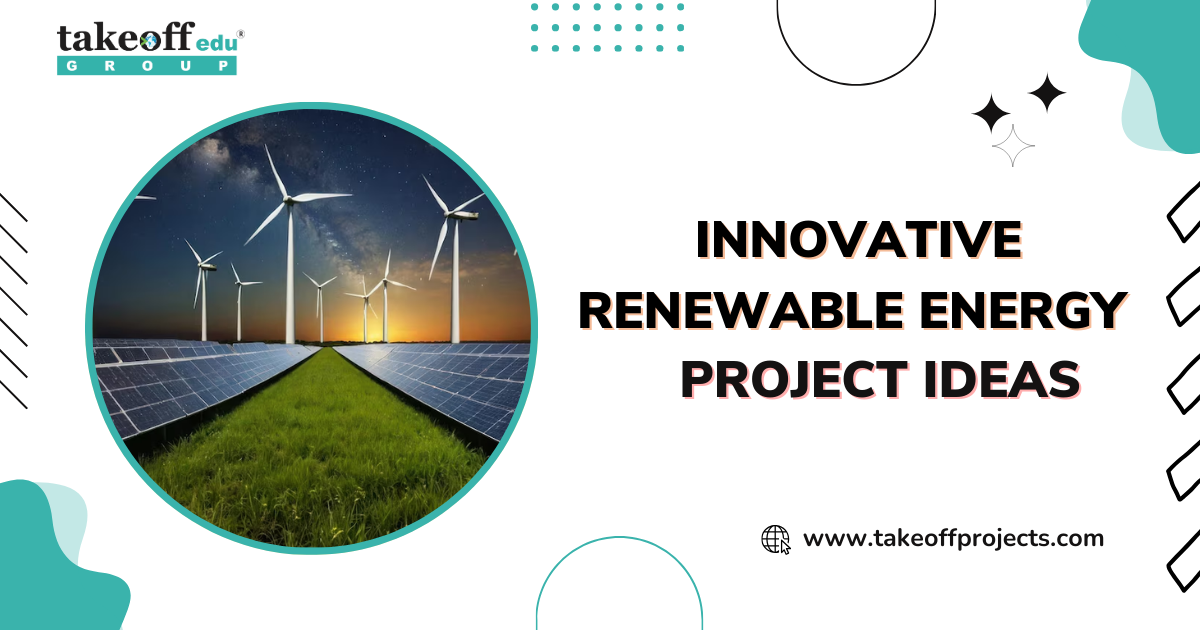 Innovative Renewable Energy Project Ideas
Innovative Renewable Energy Project Ideas 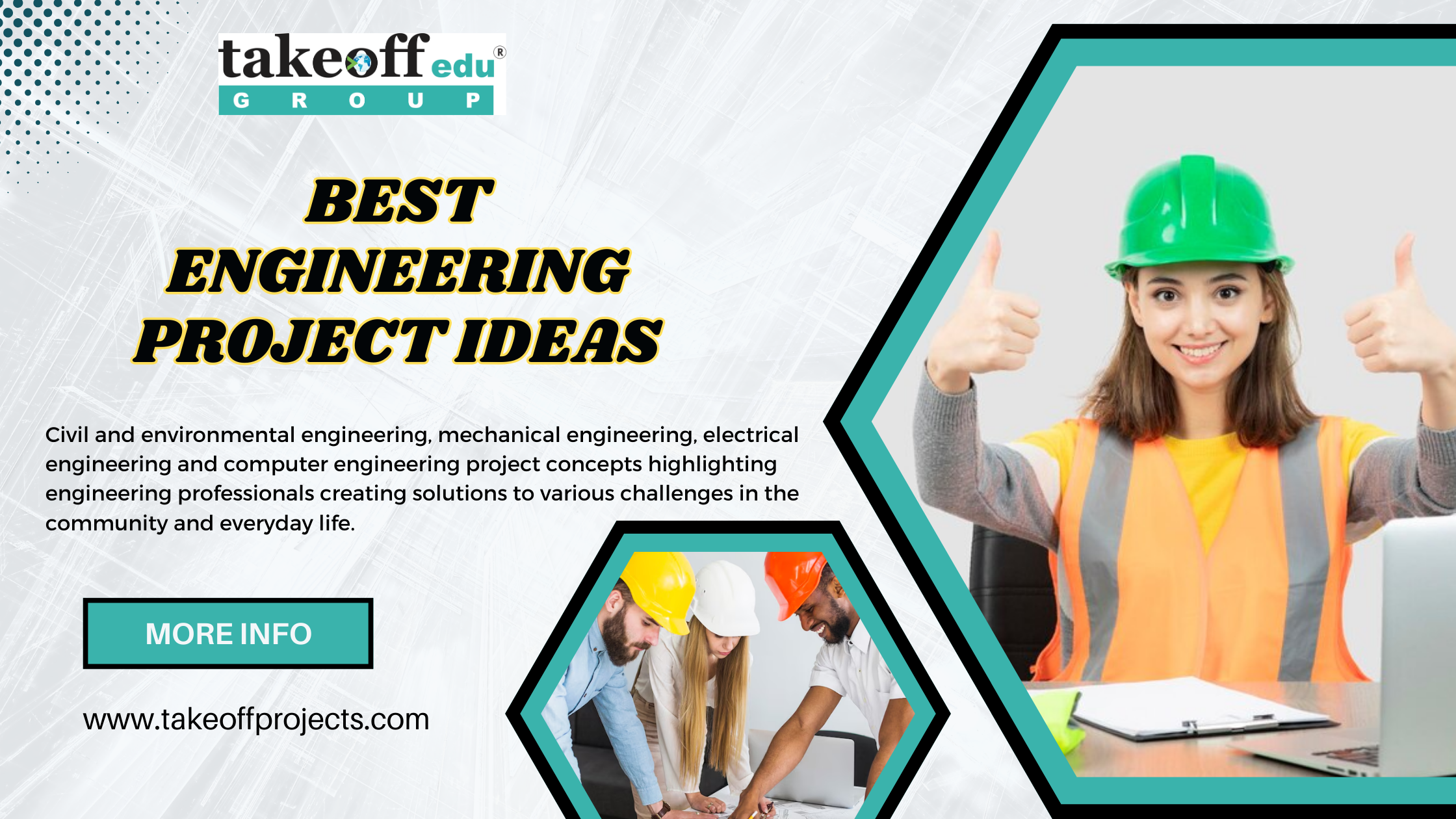 How Engineering Projects Ideas to contribute your academic year?
How Engineering Projects Ideas to contribute your academic year?  Latest Engineering Projects in 2024
Latest Engineering Projects in 2024  Ethical Considerations in Image Processing: Balancing Innovation and Privacy
Ethical Considerations in Image Processing: Balancing Innovation and Privacy 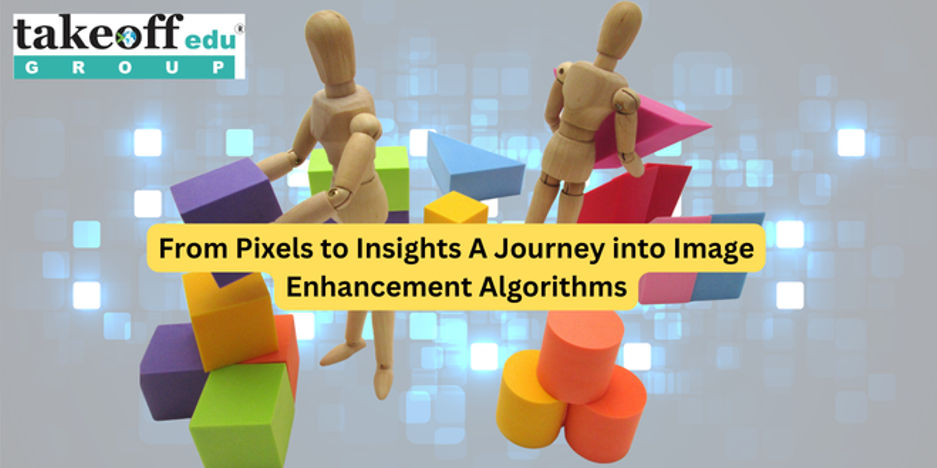 From Pixels to Insights A Journey into Image Enhancement Algorithms
From Pixels to Insights A Journey into Image Enhancement Algorithms  The Role of Convolutional Neural Networks in Medical Image Analysis
The Role of Convolutional Neural Networks in Medical Image Analysis  Advancements in Image Segmentation Techniques: A Comprehensive Overview
Advancements in Image Segmentation Techniques: A Comprehensive Overview  Unraveling the Power of Deep Learning in Image Processing
Unraveling the Power of Deep Learning in Image Processing  Importance of Final Year Projects for Students
Importance of Final Year Projects for Students 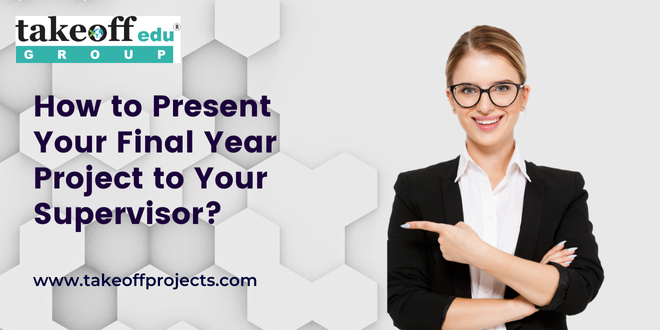 How to Present Your Final Year Project to Your Supervisor?
How to Present Your Final Year Project to Your Supervisor?  How to Choose the Right Final Year Project Topic?
How to Choose the Right Final Year Project Topic? 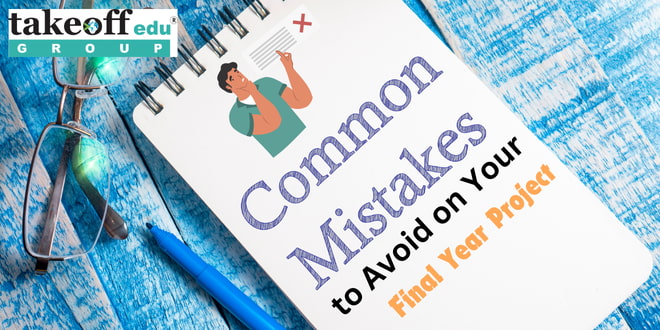 Common Mistakes to Avoid on Your Final Year Project
Common Mistakes to Avoid on Your Final Year Project 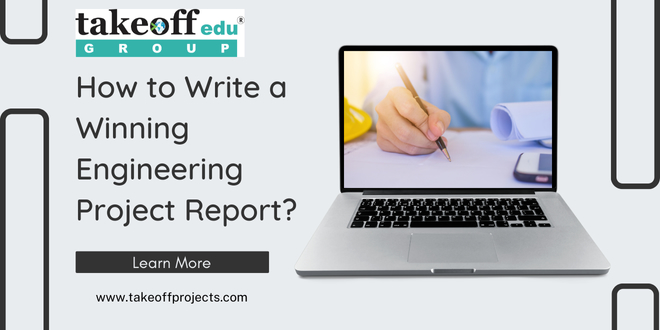 How to Write a Winning Engineering Project Report?
How to Write a Winning Engineering Project Report?  Low Cost Mini Projects Ideas for Civil Engineering
Low Cost Mini Projects Ideas for Civil Engineering 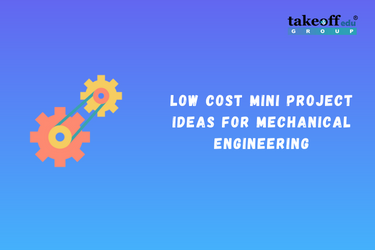 Low Cost Mini Project Ideas for Mechanical Engineering
Low Cost Mini Project Ideas for Mechanical Engineering 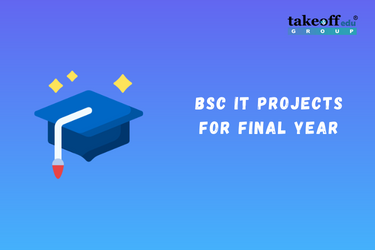 BSc IT Projects for Final Year
BSc IT Projects for Final Year 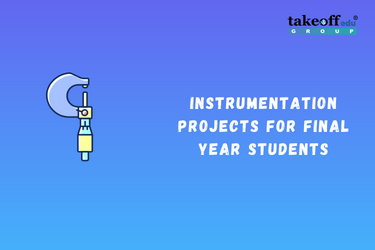 Instrumentation Projects for Final Year Students
Instrumentation Projects for Final Year Students  Biomedical Instrumentation Projects
Biomedical Instrumentation Projects 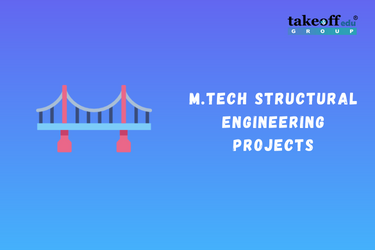 M.Tech Structural Engineering Projects
M.Tech Structural Engineering Projects  M.Tech Thesis Writing Services
M.Tech Thesis Writing Services 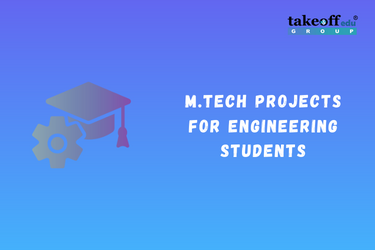 M.Tech Projects for Electrical, Electronics & Software Engineering
M.Tech Projects for Electrical, Electronics & Software Engineering  Latest Final Year Projects for B.Tech & M.Tech Students
Latest Final Year Projects for B.Tech & M.Tech Students  2023 B.Tech Final Year Projects for Students
2023 B.Tech Final Year Projects for Students  Latest BCA Final Year Project Ideas for 2023
Latest BCA Final Year Project Ideas for 2023  Top BE Projects Ideas & Topics for Students
Top BE Projects Ideas & Topics for Students  14+ Interesting Engineering Projects
14+ Interesting Engineering Projects  IEEE Final Year Projects
IEEE Final Year Projects 
 Paper Publishing
Paper Publishing


